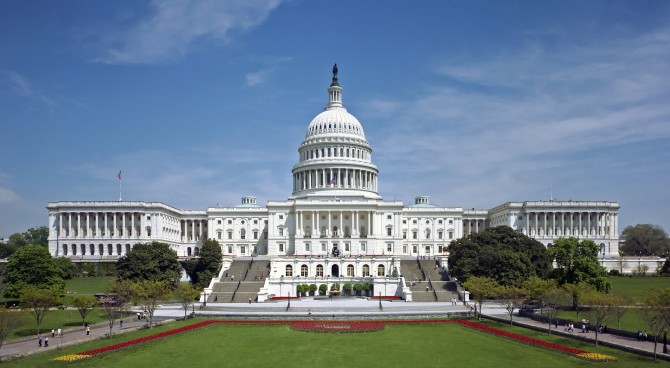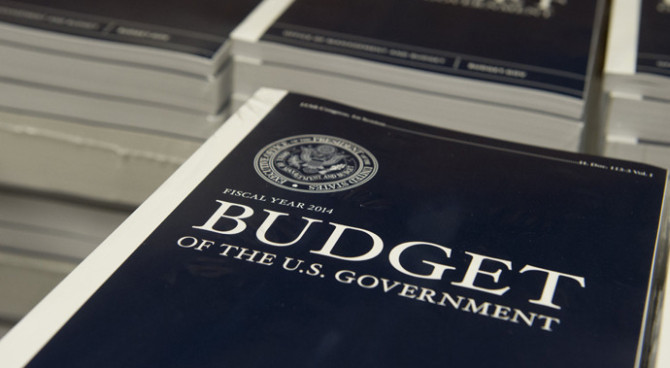Last year a United Nations investigator using census data found “shocking” evidence that 40 million Americans live in “squalor and deprivation,” in a country where “tax cuts will fuel a global race to the bottom.” He continued: “The criminal justice system is effectively a system for keeping the poor in poverty,” and reported that “the demonizing of taxation means that legislatures effectively refuse to levy taxes.”
If that doesn’t sound like the country you live in, that’s because it isn’t. The Census Bureau counts as poor all people in families with incomes lower than the established income thresholds for their respective family size and composition. The thresholds, first set in 1963, are based on a multiple of the cost of a budget for adequately nutritious food, adjusted for inflation. While the Census Bureau reports that in 2016 some 12.7% of Americans lived in poverty, it is impossible to reconcile this poverty rate, which has remained virtually unchanged over the last 50 years, with the fact that total inflation-adjusted government-transfer payments to low-income families have risen steadily. Transfers targeted to low-income families increased in real dollars from an average of $3,070 per person in 1965 to $34,093 in 2016.
Even these numbers significantly understate transfer payments to low-income families since they exclude Medicare and Social Security, which provide large subsidies to low-income retirees. Compared with what they pay in Social Security taxes, the lowest quintile of earners can receive as much as 10 times the lifetime benefits received by the highest quintile of earners and three times as much as the middle quintile.
The measured poverty rate has remained virtually unchanged only because the Census Bureau doesn’t count most of the transfer payments created since the declaration of the War on Poverty. The bureau measures poverty using what it calls “money income,” which includes earned income and some transfer payments such as Social Security and unemployment insurance. But it excludes food stamps, Medicaid, the portion of Medicare going to low-income families, Children’s Health Insurance, the refundable portion of the earned-income tax credit, at least 87 other means-tested federal payments to individuals, and most means-tested state payments. If government counted these missing $1.5 trillion in annual transfer payments, the poverty rate would be less than 3%.
The 3% poverty rate determined by counting more of the government transfers to low-income families is virtually identical to the number economists Bruce Meyer and James Sullivan found in a 2016 study, which measured actual consumption by poor families. The number also reconciles the current disparity between the low income levels used by the Census Bureau to define poverty and studies such as the Department of Energy Residential Consumption Survey, which find consistently rising spending among poor families on cars, home electronics, cable, household appliances, smartphones and living space. The 3% poverty rate would fall even further if it accounted for transfers within families, some $500 billion of private charitable giving, and the multibillion-dollar informal economy, where income is unreported.
Transfer payments essentially have eliminated poverty in America. Transfers now constitute 84.2% of the disposable income of the poorest quintile of American households and 57.8% of the disposable income of lower-middle-income households. These payments also make up 27.5% of America’s total disposable income.
The stated goal of the War on Poverty is not just to raise living standards, but also to make America’s poor more self-sufficient and to bring them into the mainstream of the economy. In that effort the war has been an abject failure, increasing dependency and largely severing the bottom fifth of earners from the rewards and responsibilities of work.
In 1965, before funds were appropriated for War on Poverty programs, all five income quintiles had more families in which at least one person worked than families in which the head of household was of prime working age. So broadly based was the work ethic that the lowest income quintile had only 5.4% more families with working-age heads and no one working than did the middle quintile. The lower-middle quintile actually had proportionately fewer families where no one worked than did the middle quintile.
The expanding availability of antipoverty transfers has devastated the work effort of poor and lower-middle income families. By 1975 the lowest-earning fifth of families had 24.8% more families with a prime-work age head and no one working than did their middle-income peers. By 2015 this differential had risen to 37.1%. And by that same year, even families in the lower-middle income quintile headed by working-age persons were almost 6% more likely to have no one working than a similar family in the middle-income quintile.
Even these numbers understate the decline in work among low-income Americans that has accompanied the War on Poverty. Compared with the low-income quintile, the lower-middle quintile today has three times as many families with two or more workers, and the middle quintile has five times as many. The trend illustrates how the War on Poverty produced an unprecedented decline in work effort among those who received benefits.
The massive reduction in material poverty that government transfers have allowed has come at a considerable underappreciated cost. The War on Poverty has increased dependency and failed in its primary effort to bring poor people into the mainstream of America’s economy and communal life. Government programs replaced deprivation with idleness, stifling human flourishing. It happened just as President Franklin Roosevelt said it would: “The lessons of history,” he said in 1935, “show conclusively that continued dependency upon relief induces a spiritual and moral disintegration fundamentally destructive to the national fiber.”
—Mr. Gramm is a former Chairman of the Senate Banking Committee. Mr. Early served twice as assistant commissioner at the Bureau of Labor Statistics and is president of Vital Few LLC. Bob Ekelund and Mike Solon contributed to this article.



